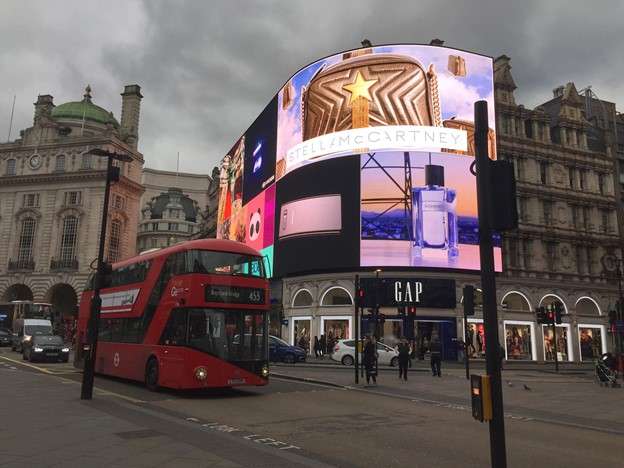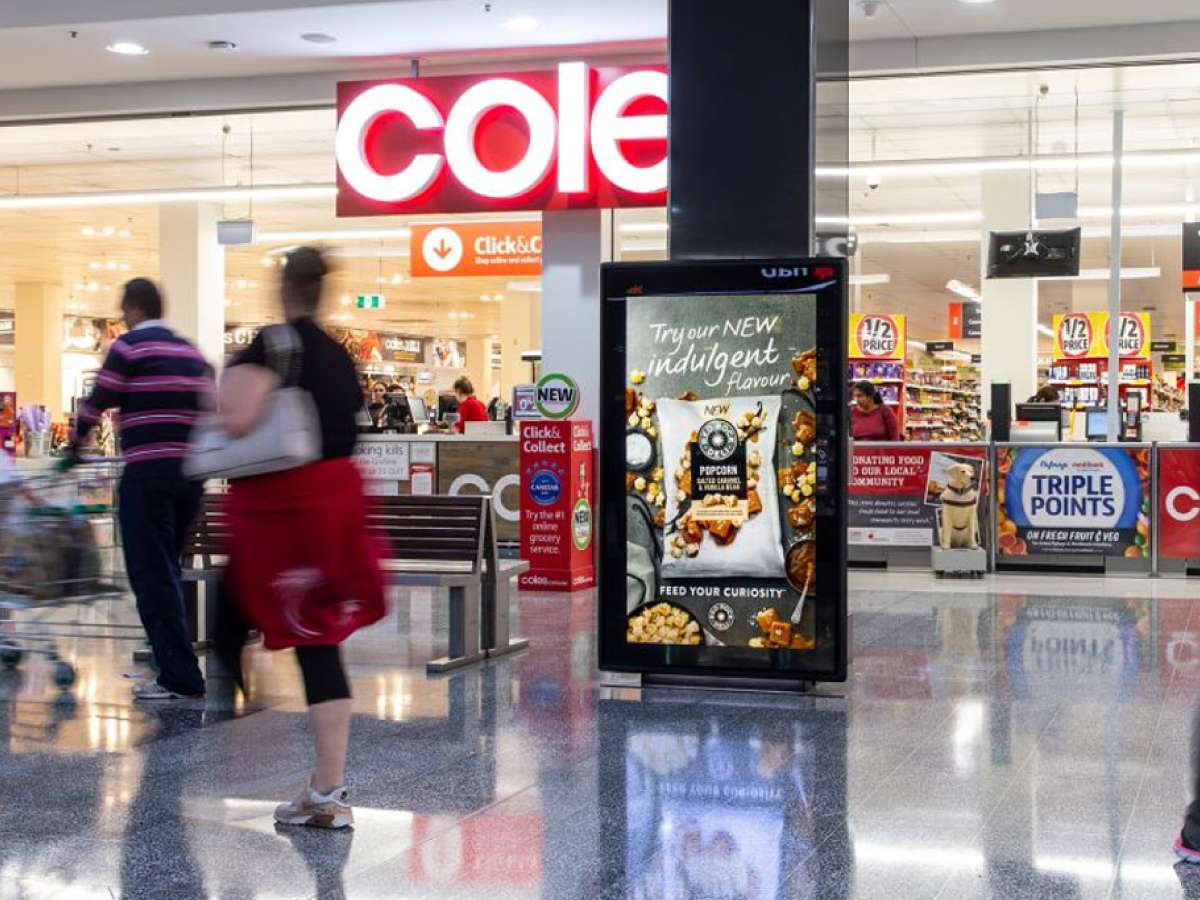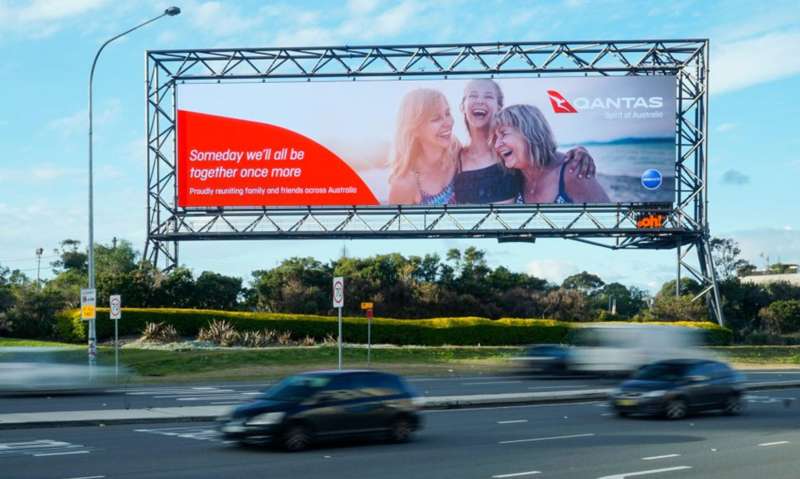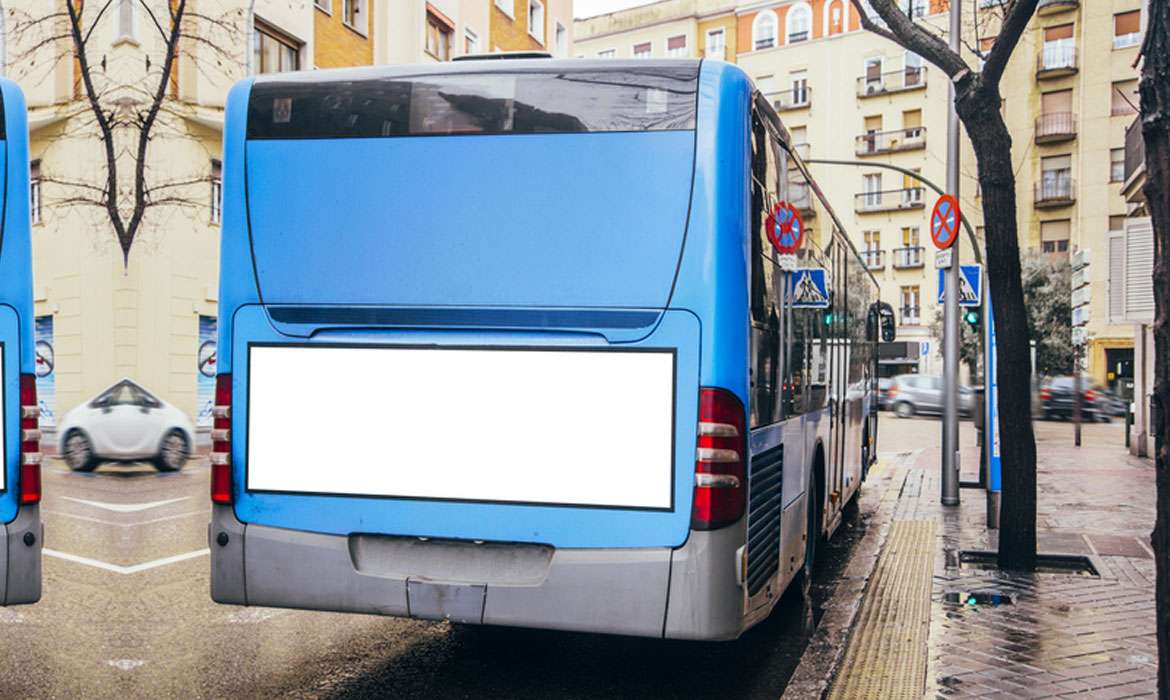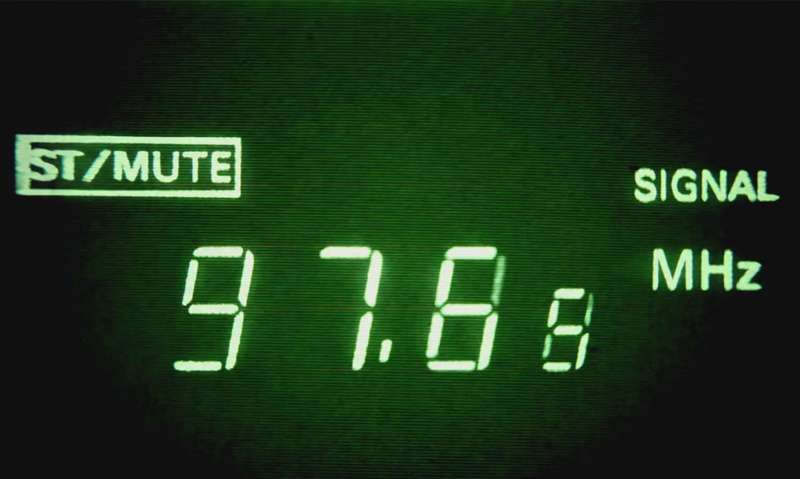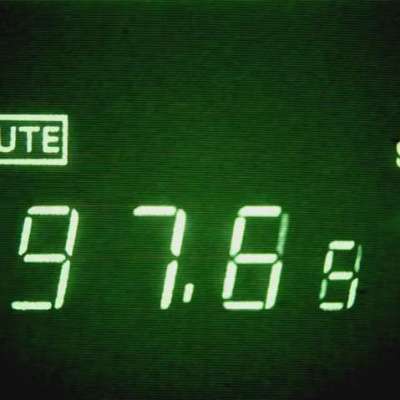How Long Does a Consumer Look at a Billboard? What the Research Says
Billboards are everywhere—from highways to city intersections. They are large, bold, and designed to catch your attention. But just how long does a person look at a billboard? Understanding the time window for grabbing a viewer’s attention is key if you want to advertise on billboard space effectively.
The Average Viewing Time
Research shows that the average person looks at a billboard for about 6 to 8 seconds. This brief window can have a major impact. In those few seconds, the message must be clear, the design must stand out, and the brand should be easy to recognise. Long paragraphs, complex visuals, or small fonts do not work well because people are usually moving—driving, walking, or commuting.
That’s why the most effective billboards rely on simplicity. A few powerful words, a bold image, and a strong call-to-action work far better than cluttered ads. When someone only has 6 seconds to look, every second counts.
Motion vs. Static: Does It Matter?
Digital billboards are becoming more popular, especially in urban centres. They rotate messages every few seconds, allowing several advertisers to share the same space. While static billboards stay fixed, digital ones move or shift. However, both types receive similar attention spans.
Studies suggest that movement on a screen can grab attention slightly faster. But once the viewer looks, the time spent reading or absorbing the content stays nearly the same. The key is to keep the message short, no matter the format.
Driving Behaviour and Eye Tracking
Eye-tracking studies help researchers see what drivers actually look at. According to traffic safety research, drivers tend to glance at billboards when there’s no immediate need to focus on traffic signs or other vehicles. This means a billboard on a straight road with fewer distractions may receive more attention than one in a complex intersection.
The placement of the billboard also plays a role. A billboard positioned just after a bend in the road or at eye level increases the chances of being seen. Good location helps improve the number of glances and the total viewing time.
The Power of Repetition
One viewing may last only 6 to 8 seconds, but repeated exposure builds memory. This is why brands often choose billboard advertising on routes with high daily traffic. Commuters who pass the same billboard every day start to recognise the brand or message without even trying. Over time, this leads to increased recall and action.
Repetition works well in billboard campaigns because the brain processes visual patterns quickly. A short message with a consistent visual theme increases the impact.
Planning Around Viewing Time
Short viewing time does not mean low value. Instead, it forces advertisers to focus on message clarity. When planning your next campaign, think about what the viewer can grasp in 5 seconds. Avoid text-heavy designs. Focus on emotion, clarity, and visuals.
The cost of outdoor ads depends on various factors such as size, location, and duration. Billboard Advertising Rates may seem high at first, but when compared to impressions over time, the value becomes clear. A well-placed, simple billboard can reach thousands of eyes every day.
Final Thought
The human attention span on the road is short, but billboards have evolved to match that speed. If you want to advertise on billboard space effectively, remember that clarity, design, and repetition play a greater role than time alone. A strong visual and a focused message can do more in 6 seconds than some ads do in a minute.
The author is an expert with years of experience working at an advertising company. He regularly writes about marketing strategies to help businesses navigate the world of advertising. Visit https://bestmediarates.com.au/
